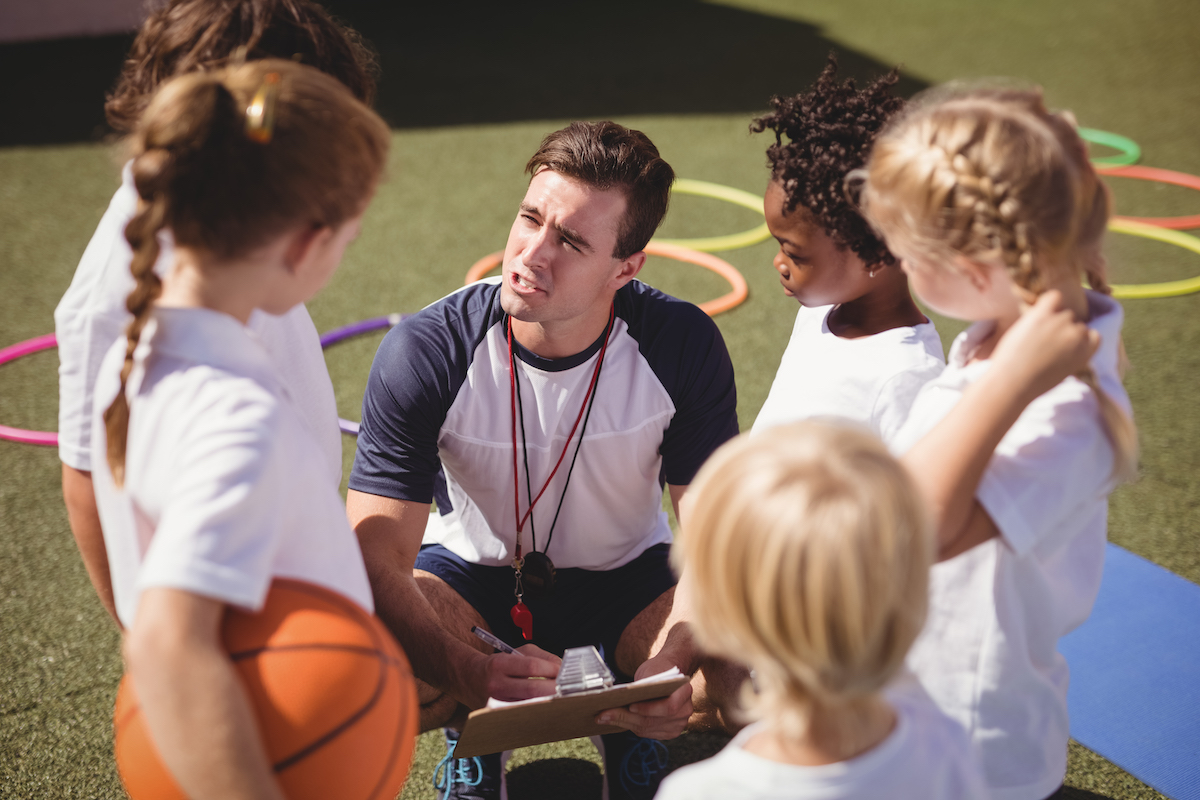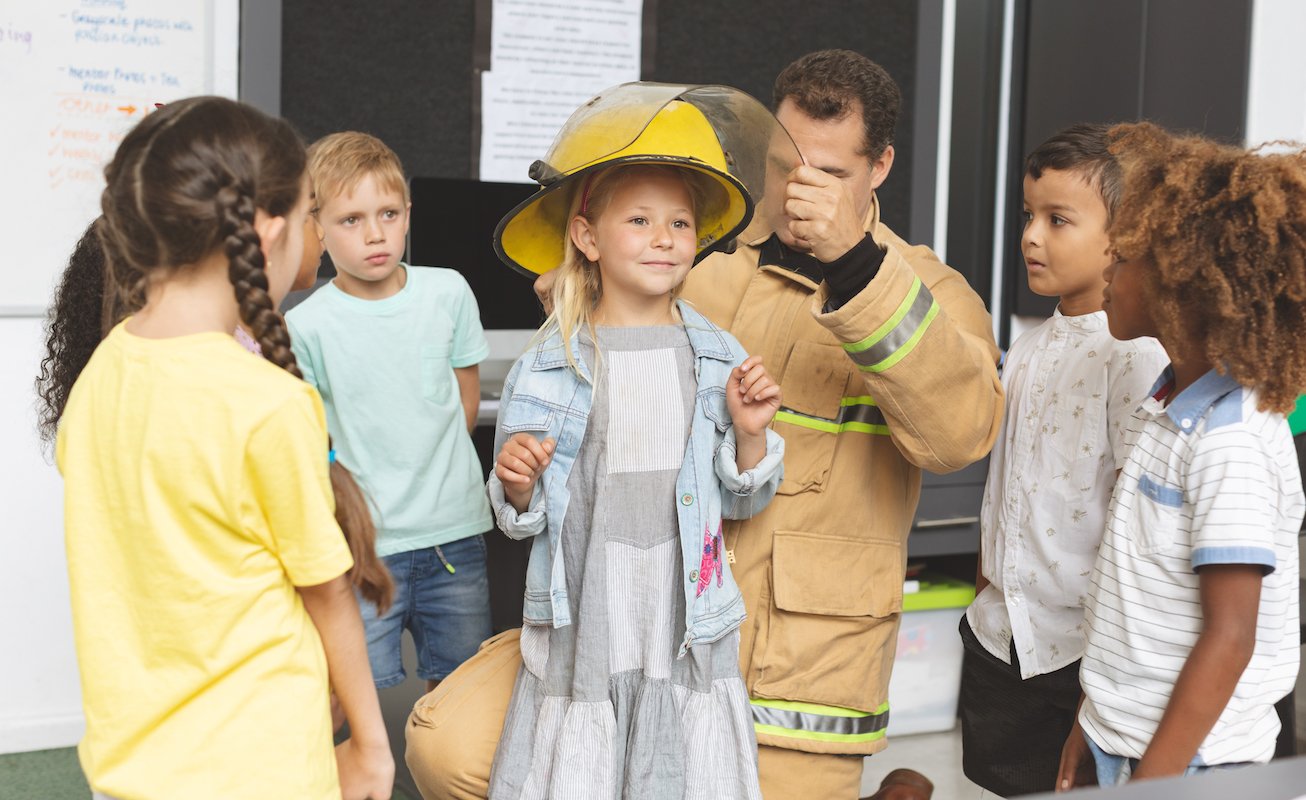In our last blog we discussed the importance of creating a safety culture within your organization. We discussed the components for setting a strong foundation for creating that important safety culture. In January, we presented the “3 Pillars of School Safety”; Systems, Policies, and People. This week we want to focus on bringing that altogether so we understand the importance of not only having the pillars in place, but also making them work for you and your organization.
The keys that signify a strong safety culture are “shared” beliefs, values and behaviors. If you already have a strong safety culture, that’s a great start. However, it has been my experience that very few school districts have this embedded in their everyday routines. As an example, let me share one of my “Kelly Stories” with you: After I retired from the sheriff’s office, I went to work for a school district as their safety coordinator. I was the first person to hold this position. When I asked my supervisor what were my priorities and what were the expectations of my position. Her answer was, we will have to figure that out specifically. So, essentially I was hired into a district level manager’s position with no defined duties or responsibilities. So I set out looking to define that role from my personal perspective, experience and what I believed school safety looked like. After a couple of weeks, I started to get questions and assignments that had more to do with the storage of hazardous materials and OHSA concerns, than what I had envisioned, and it had nothing to do with my area of expertise.
So how do we get from an institutional perspective that typically pigeon holes everything by delegation to one single person who may or may not know what they are doing based upon a safety coordinator title? Not everything vaguely related to safety should fall onto the shoulders of someone who was hired for the safety of the children and staff. Most of the staff in my district felt anything having to do with safety was my responsibility. Shared beliefs, values, or behavior systems didn’t exist within this organization. Safety was my responsibility and mine alone. This same district fought me almost every step of the way as I implemented new plans, practices and safety measures. So how do we move in the right direction in creating a culture of safety?
The answer to this question is quite simple, but not necessarily easy:
- First, hire the right people to lead this change in your organization.
- Position your safety coordinator/director at the level of your organization that can drive the change, preferably at the cabinet level.
- In every meeting, every time you make a decision, when you find something that is out of the ordinary, or see a large group of people/kids gathering, ask this question (drum roll please!): How does this impact the safety of my students, staff, visitors and community? Essentially this should be a question that you should have in the forefront of your mind every minute you are on campus (at a minimum, hopefully you would expand this to your everyday life whether you are on campus or not).
“Wait, what? You want me to ask that question every time I do something, see something, say something, make a decision, etc.?” YES! And I mean everything including curriculum, event planning and decisions. If you do this exercise purposely and deliberately when you first start building that safety culture, in a very short time, this assessment question will become second nature to you and your staff. If your staff isn’t asking that question, then you need to ask it as many times as necessary to force your staff to expect they cannot leave a meeting or go about their day without someone asking them that question. While you should not expect the default response to be, “it doesn’t have any impact on safety,” it might be a perfectly good answer. Just confirm that it is in fact the correct answer. Let’s walk through a use case or two just to get the idea: (Remember the goal of this exercise is two-fold; creating a strong safety culture, and exercising your problem solving skills and preventing problems before they actually become problems.)
- If you are going to host a football game this Friday night, how does that impact the safety of your school?
- Depending on who you are playing, what safety considerations are there?
- How does the time of the game impact safety?
- What if this is a playoff game, does that change your safety concerns?
- If the people who are entering the game cause a bottleneck, what concerns are created? How do you mitigate those concerns?
- What about the parking lot and traffic concerns?
- Gang activity?
- Drunk fans?
- If something happens, how do I evacuate the stadium and what impacts does that have on the safety of your staff, students, and visitors?
- As is common in today’s conversation of school safety, let’s create a single point of entry. How does that impact our school’s safety?
- What are the choke points and what does that do?
- Do we have to monitor that single point of entry? Who does that? What does that look like? (It does no good to have a single point of entry if it is open to anyone to just walk through the entry.)
- What if we decide not to have a single point of entry? How are we going to monitor multiple entrances? Do we have enough staff to do that?
- How about metal detectors?
- How do we make sure the other entry points are secured and what is the new policy that supports a single point of entry?
I think we are starting to get the point here. If we start asking the right questions when decisions are made and people begin to expect to be asked these questions, they will begin to think safety and they will begin to create a culture of shared beliefs, values and behaviors. Once we reach this point, you will see dramatic changes in the safety of your schools and organizations.












No Comments Yet
Let us know what you think